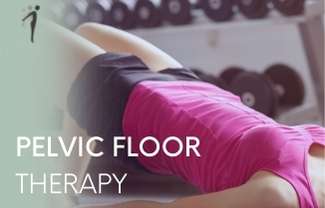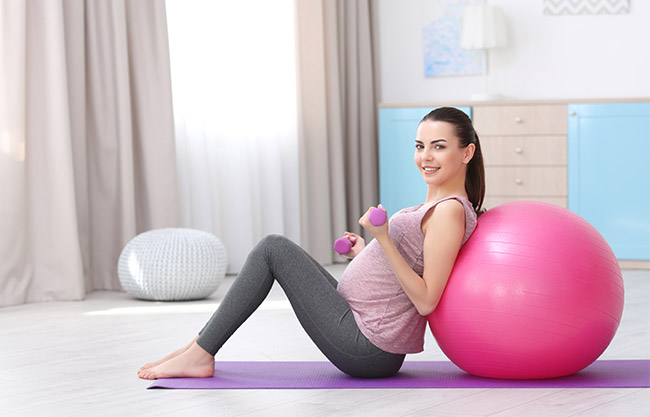It is a chronic soft tissue rheumatic pain syndrome manifested by widespread pain and tenderness in the muscles, extreme fatigue, sleep disorder, weakness and morning dysfunction.
IT CAN BE SEEN?
- Fibromyalgia syndrome is more common in women.
- It is usually seen from middle age and the risk of occurrence increases as you get older.
- Fibromyalgia has also been seen in children.
SYMPTOMS?
- Intense pain between the neck, nape, back and shoulder blades
- Pain in the hip, low back, knee and elbow
- Weakness, fatigue and dysfunction in the muscles
- Headache and weakness
- Depressed mood
- Difficulty focusing or paying attention
- Difficulty in breathing
- Lack of resistance to exercise and getting tired quickly
MECHANISMS PLAYING ROLE IN DISEASE DEVELOPMENT
- Although the causes of fibromyalgia have not been fully enlightened yet, there are various mechanisms that are thought to play a role in the development of the disease.
- Changes in the nervous system, changes in hormone levels and genetic factors are thought to be effective in the emergence of the disease.
- Triggering factors such as trauma, infection, emotional stress, and severe surgery may cause fibromyalgia attacks.
WHAT CAN BE APPLIED?
- Medication
- A balanced and healthy diet
- Regular exercise
- Manual techniques-applications
- Methods to increase tissue oxygenation
- Naprapathy
- Preventive health advice
- Active lifestyle
- Ergotherapy
- Healthy sleep
- Psychological guidance
WHAT DO WE DO IN FIZYOFORM?
- Fibromyalgia is not an incurable disease. As it is very important to approach the patient holistically, we proceed with this perspective.
- As a result of our detailed evaluation taking into account patients health problems, we make various manual applications for our patients. Our aim in these applications is to reduce pain, increase circulation, provide relaxation and increase soft tissue flexibility and joint movement. Firstly, we apply soft tissue mobilizations to prevent muscle spasms to relax tense muscles, and when necessary, joint mobilization and manipulations to increase joint movement.
- As regular exercise is one of the most important parts of the treatment, we plan a customized exercise program with a physiotherapist. We include pilates, which is a very beneficial exercise method for both our body and mind. We practice our sessions on specially developed instruments called clinical pilates, mat pilates and reformer pilates.
- The purpose of the exercises we planned:
-
- Increase circulation
- Reduce pain
- Increase muscle strength and flexibility
- Ensure relaxation
- Increase joint movement
- Maintain proper posture and spinal health
- Increase functional and aerobic capacity
- Improve balance and coordination
- Increase the oxygen capacity of the lungs while facilitating correct breathing
- Improve general well-being and reduce stress
- In addition, we provide preventive health advice to our patients during our sessions that they should pay attention to in their daily lives, and we support this process with home exercises. We pay attention to keep in touch with our patient thanks to the follow-up at the end of our sessions.




















 Türkçe
Türkçe English
English Русский
Русский